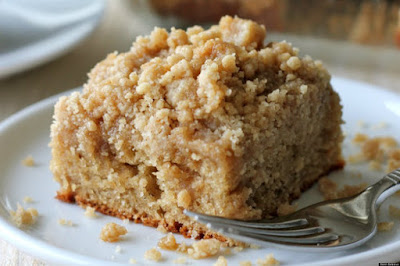Summer Salad … it's epic!
Perfect for BBQs and buffets, this is an assembly job of gorgeous ingredients – no cooking required.
You may like to serve it with lamb kebabs !
Ingredients
Serves Six
400g black beans, drained
2 large handfuls baby spinach leaves, roughly chopped
500g heritage tomatoes, chopped into large chunks
½ cucumber, halved lengthways, seeds scooped out and sliced on an angle
1 mango, peeled and chopped into chunks
1 large red onion, halved and finely sliced
6-8 radishes, sliced
2 avocados, peeled and sliced
400g black beans, drained
2 large handfuls baby spinach leaves, roughly chopped
500g heritage tomatoes, chopped into large chunks
½ cucumber, halved lengthways, seeds scooped out and sliced on an angle
1 mango, peeled and chopped into chunks
1 large red onion, halved and finely sliced
6-8 radishes, sliced
2 avocados, peeled and sliced
100g feta, crumbled
handful of herbs (reserved from the dressing)
For the dressing
large bunch mint
handful of herbs (reserved from the dressing)
For the dressing
large bunch mint
small bunch coriander
small bunch basil
1 fat green chilli, deseeded and chopped
1 small garlic clove
100ml extra virgin olive oil
2 limes, zested and juiced
2 tbsp. white wine vinegar
2 tsp honey
small bunch basil
1 fat green chilli, deseeded and chopped
1 small garlic clove
100ml extra virgin olive oil
2 limes, zested and juiced
2 tbsp. white wine vinegar
2 tsp honey
1. Make the dressing by blending all of the ingredients in a food processor (or very finely chop them), saving a few herb leaves for the salad. You can make the dressing up to 24 hrs before serving.
2. Scatter the beans and spinach over a large platter. Arrange the tomatoes, cucumber, mango, onion and radishes on top and gently toss together with your hands. Top the salad with the avocados, feta and herbs, and serve the dressing on the side.
Nutrition: Per serving
fat 30g carbs 18g protein 8g
From an original idea here
Goulash Soup : Perfect for a Winter's Day
This low-carb take on a traditional Hungarian dish
Goulash, is a warming soup with a rich taste of tomatoes, red bell peppers and caraway.
A great ground (minced) lamb dish that is easy and quick to make!
Here is what you need to serve six:
(12g carb per serving)
1 yellow/white onion
2 garlic cloves
½ lb / 225 g root celery or rutabaga/swede
1 red bell pepper
1 lb / 450 g ground (minced) lamb or ground beef
4¼ oz. / 120 g butter or olive oil
1 tablespoon paprika powder
¼ teaspoon cayenne pepper
1 tablespoon dried oregano
½ tablespoon crushed caraway seeds
1 teaspoon salt
¼ teaspoon ground black pepper
14 oz. / 400 g crushed tomatoes
2½ – 3 cups / 600 – 700 ml water
1½ teaspoons red wine vinegar
For serving:
1 cup / 240 ml sour cream or mayonnaise
fresh parsley, for garnish
Tips:
This soup is best with lamb, which has more flavour than beef, but you can use any ground (minced) meat you like. Why not try ground chicken or turkey for a milder taste. You can also make the soup a day ahead before enjoying it, almost all soups taste their best after a day or two!
Please see recipe and full instructions here
(12g carb per serving)
1 yellow/white onion
2 garlic cloves
½ lb / 225 g root celery or rutabaga/swede
1 red bell pepper
1 lb / 450 g ground (minced) lamb or ground beef
4¼ oz. / 120 g butter or olive oil
1 tablespoon paprika powder
¼ teaspoon cayenne pepper
1 tablespoon dried oregano
½ tablespoon crushed caraway seeds
1 teaspoon salt
¼ teaspoon ground black pepper
14 oz. / 400 g crushed tomatoes
2½ – 3 cups / 600 – 700 ml water
1½ teaspoons red wine vinegar
For serving:
1 cup / 240 ml sour cream or mayonnaise
fresh parsley, for garnish
Tips:
This soup is best with lamb, which has more flavour than beef, but you can use any ground (minced) meat you like. Why not try ground chicken or turkey for a milder taste. You can also make the soup a day ahead before enjoying it, almost all soups taste their best after a day or two!
Please see recipe and full instructions here
A variety of recipe ideas are within this blog. Please note, not all may be suitable for you. If you may have any food allergies, or underlying health issues these must always be taken into account. If you are a diabetic and not sure how certain foods may affect your blood sugars, test is best, i.e. use your meter.
































